
Kodak Retina IB (1957), with the Schneider Xenar 50/2.8 lens; member of the prestigious family Kodak Retina. |
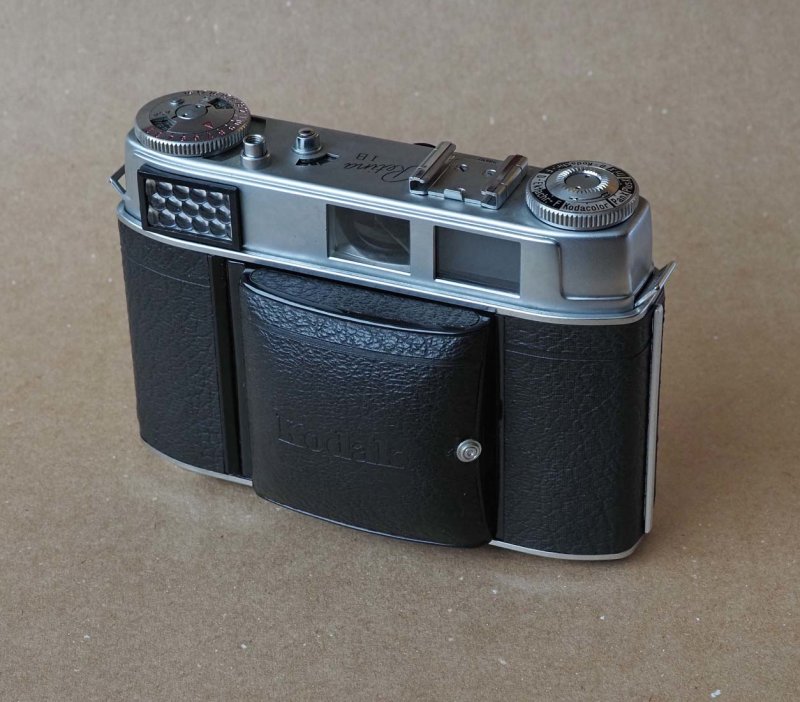
This Retina IB (1957), a folding camera, is also very compact and easy to carry. |
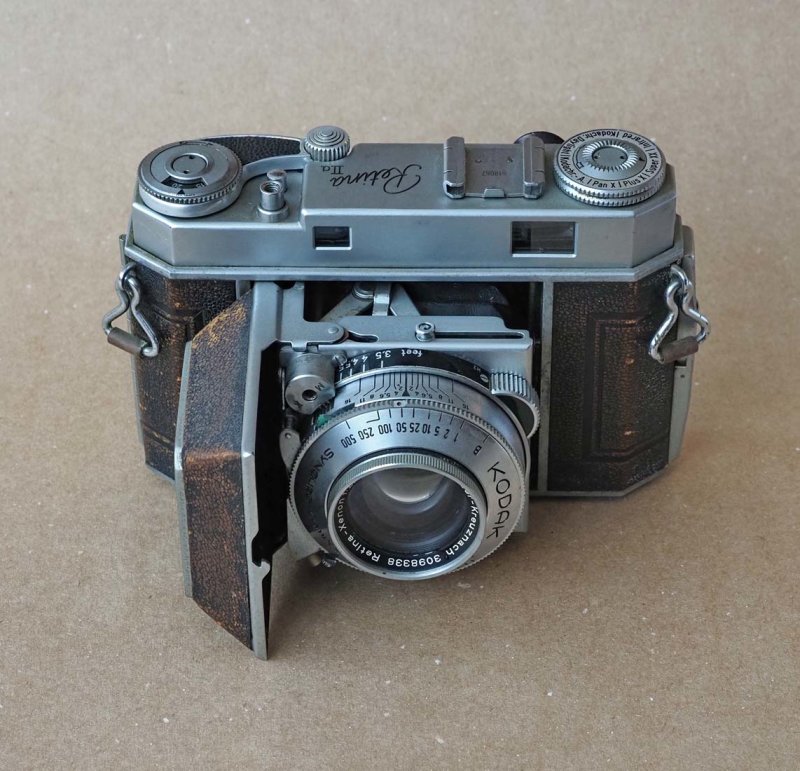
One of my favorites: the folding Kodak Retina IIa (1951); the lens is the fast Schneider Xenon 50/2. |
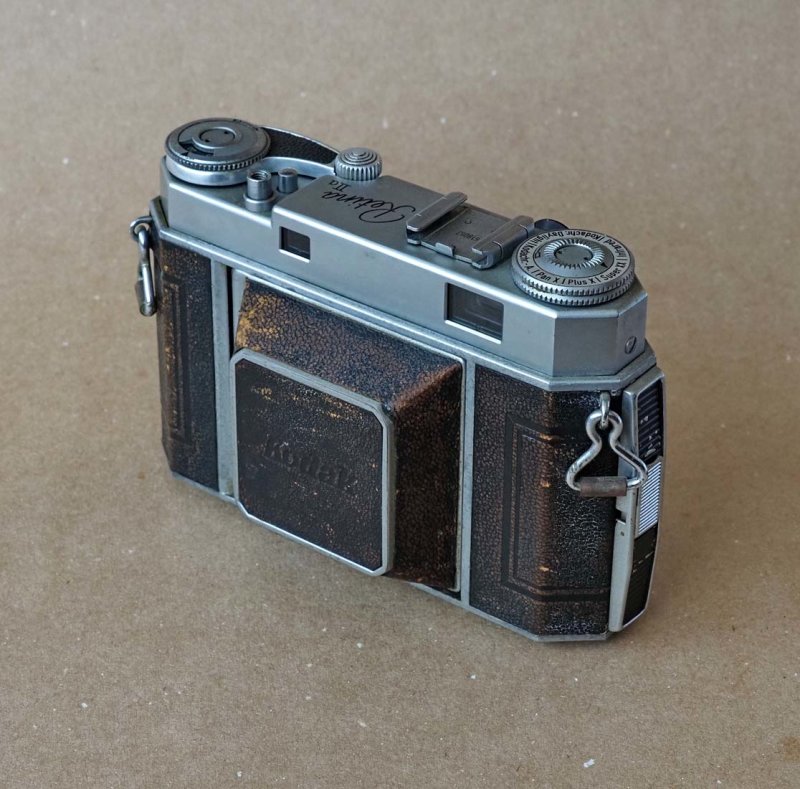
This Kodak Retina IIa, in spite of having a bellows, could be ranged in a very compact shape. |
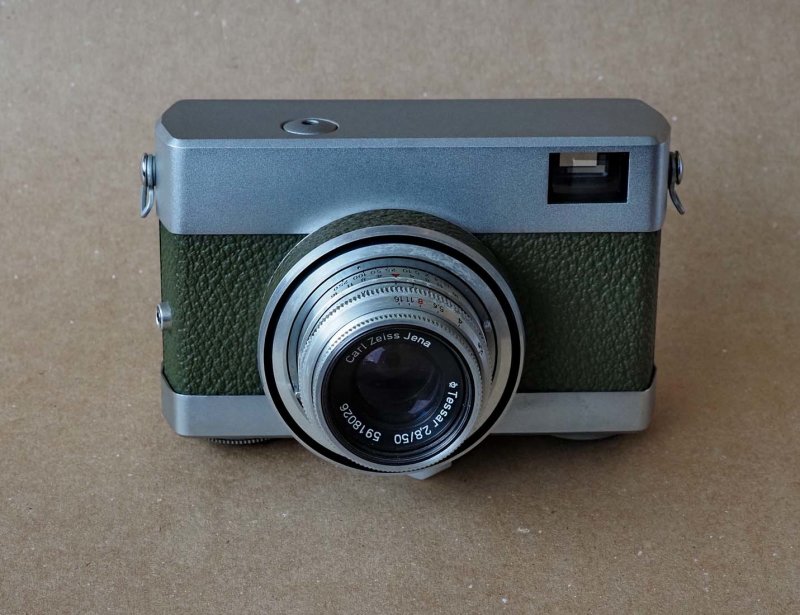
The RDA Germany Werra (1952); the film is advanced by turning the weel located between the body and the lens. |
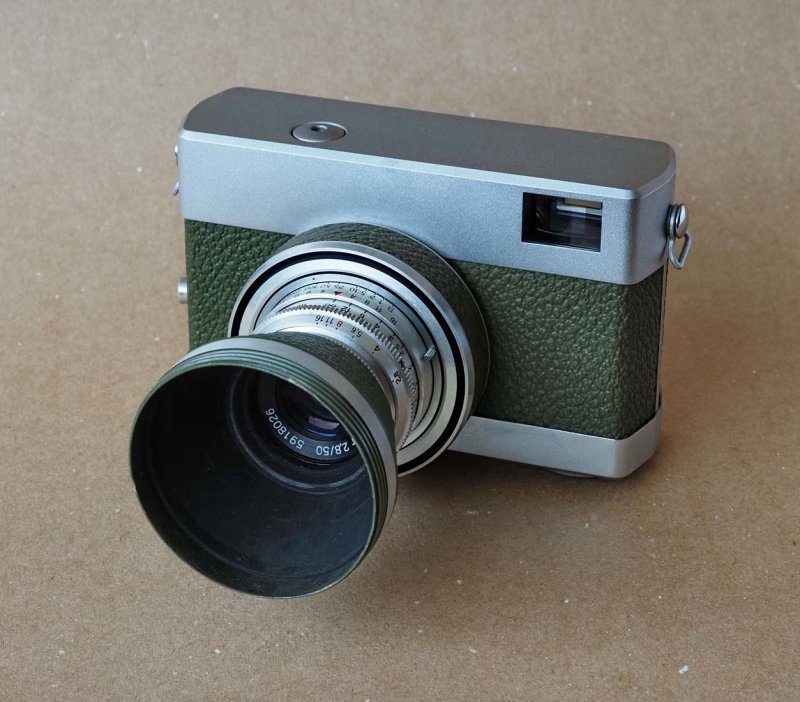
This Olive Green Werra with its hood; this camera has a very clean design; speeds from 1 to 1/250 sec. |
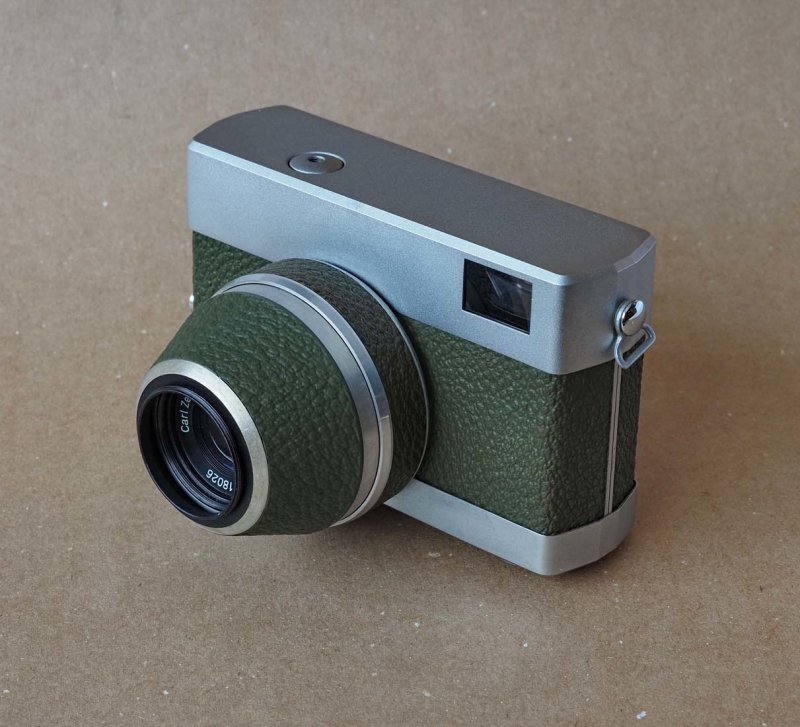
The same hood could be returned, serving as protection. |
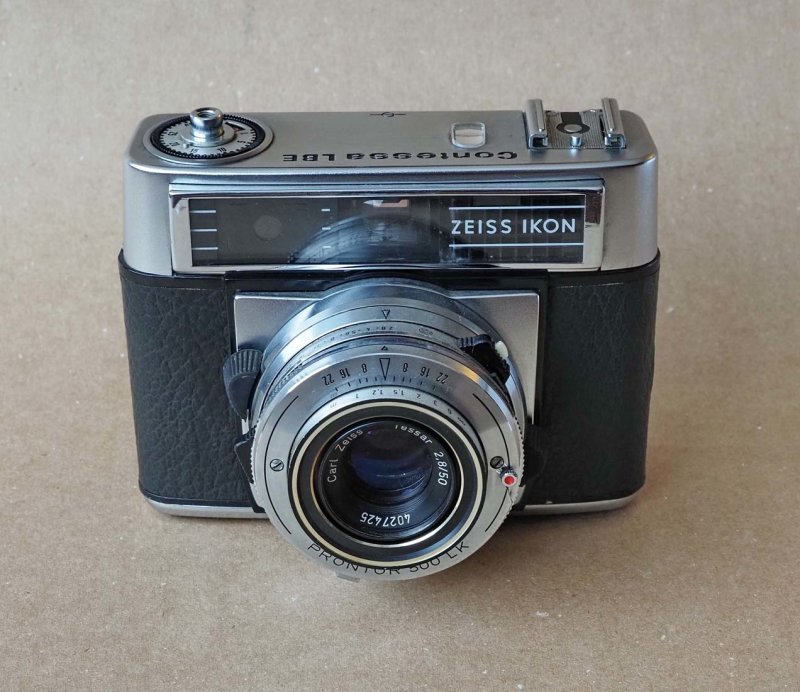
The Contessa LBE, by Zeiss Ikon, RFA German (1965); bought in a camera fair for about 20 Euros. |
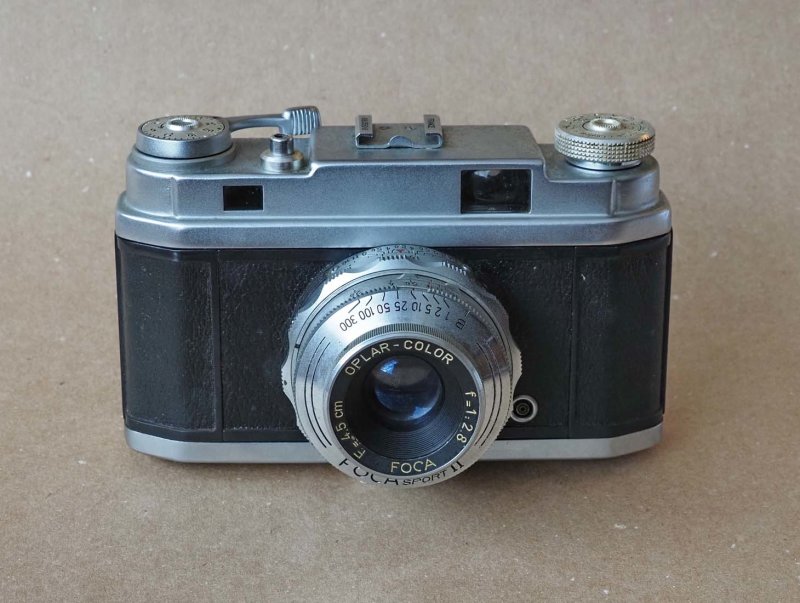
The French Foca Sport II (around 1960); it is simple and well sold camera with a fixed (good) lens. |
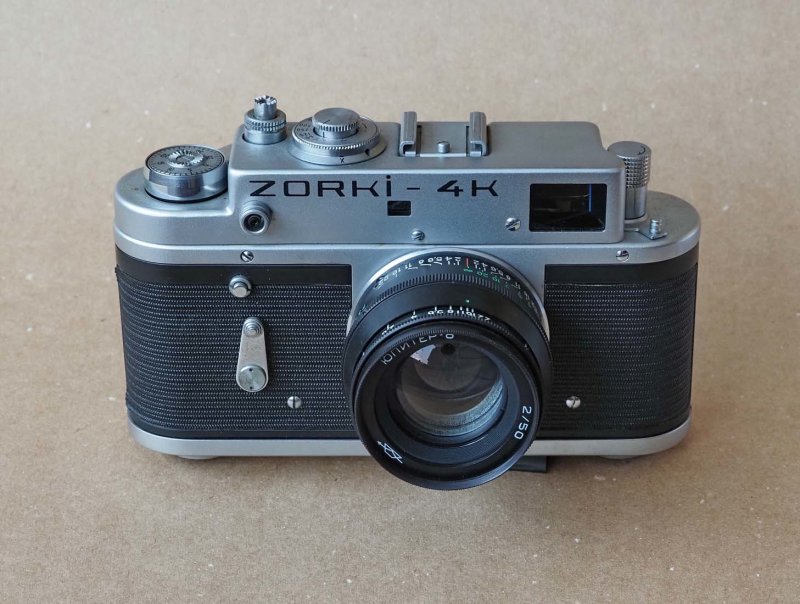
The Russian (USSR) Zorki-4K (1973); not well finished camera, but reliable. |
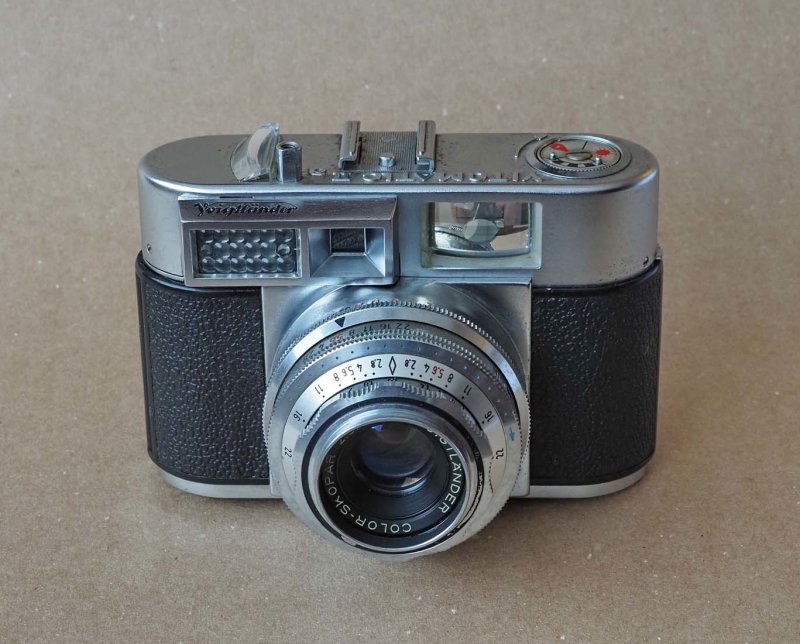
The Voigtlander Vitomatic IIa (1960), a very functional camera having a good lens, a telemeter and exposure meter. |
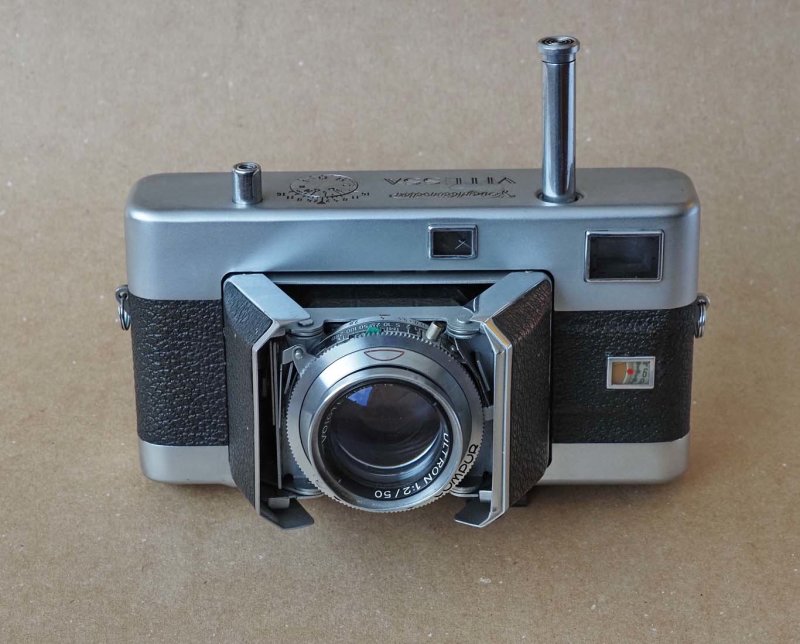
The Voigtlander Vitessa (1950); to advance the film, the long vertical lever should be pushed down. |
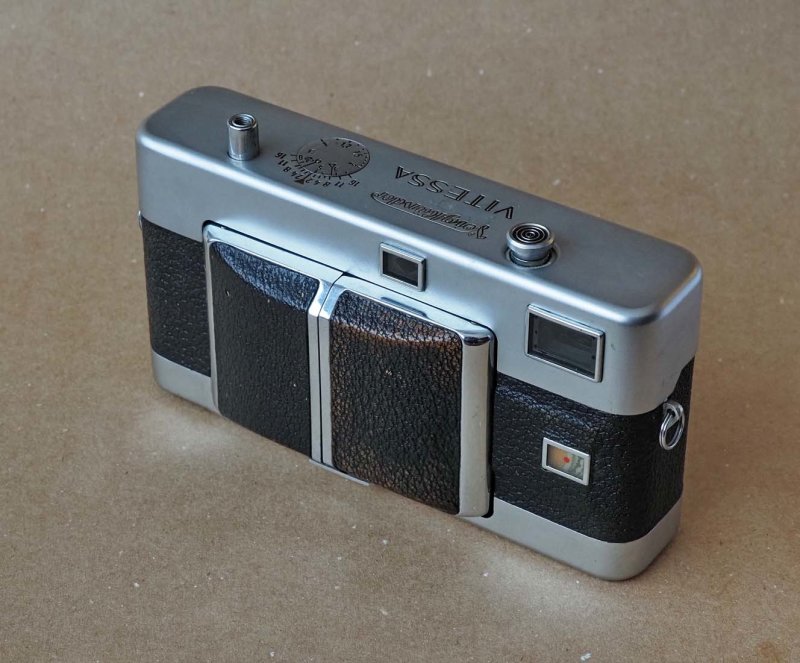
The same Voigtlander Vitessa; it could be stored in very compact way. |
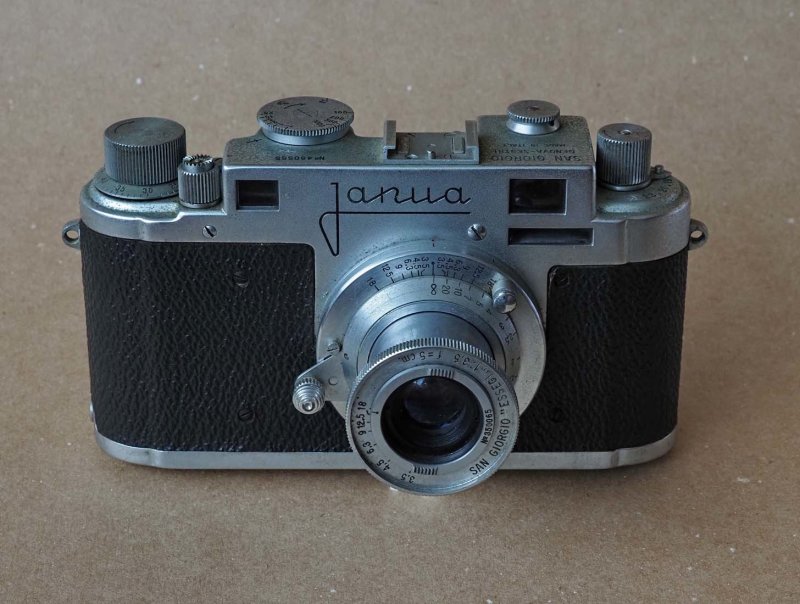
The Janua, an Italian copy of Leica (1949); well built, but jammed. |
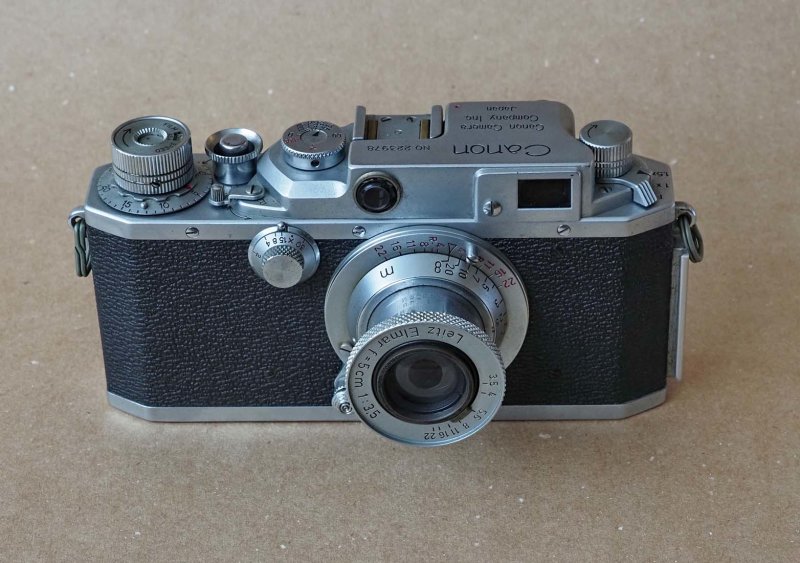
Canon IV SB2 (1954): a Japanese copy of the Leicas 39mm screw mount (as the IIIf) : well sold camera; here with a Leica lens. |

The legendart Minox GT (1981), one of the most compact (and light) 35mm camera; immense success. |
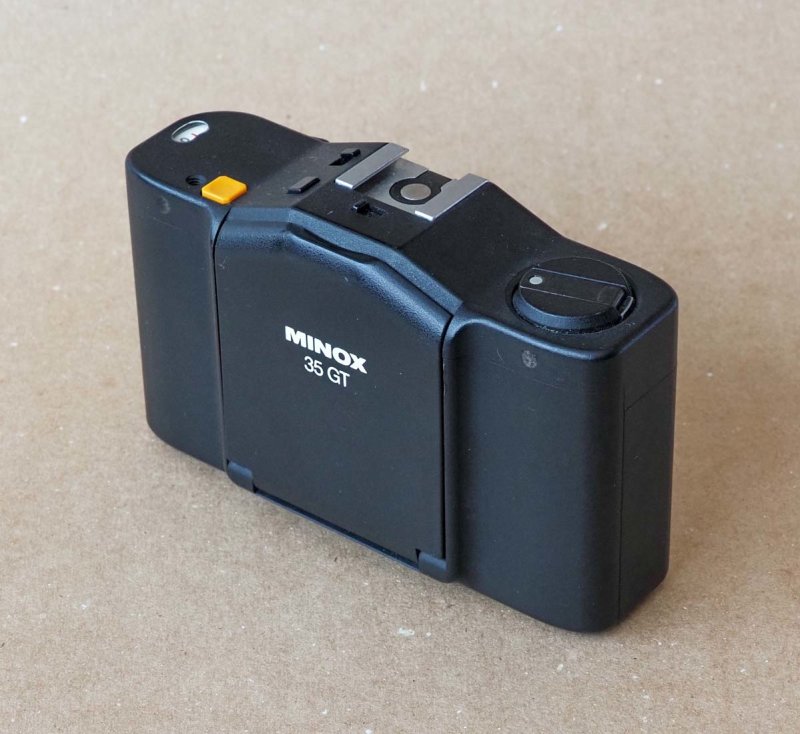
Closed, the Minox was indeed a pocket camera; very small and weighting 200 grams. |
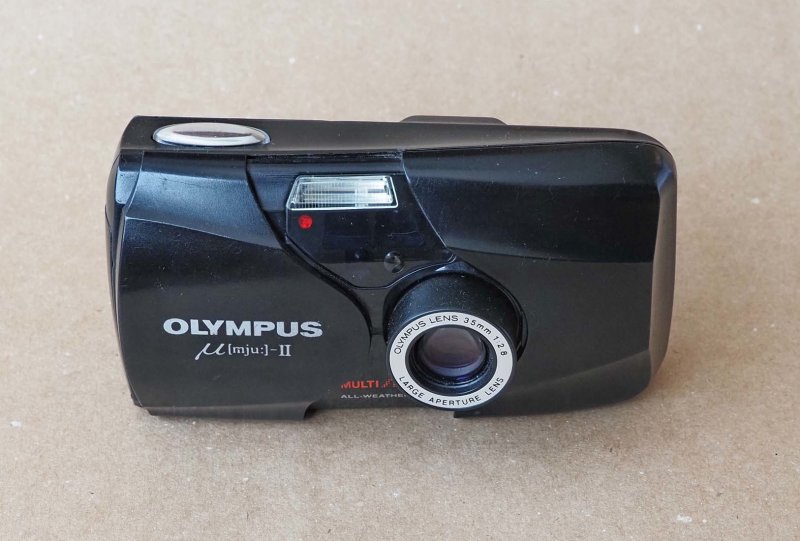
The Olympus Mju II, with a very good 4 elements F2.8 lens. |
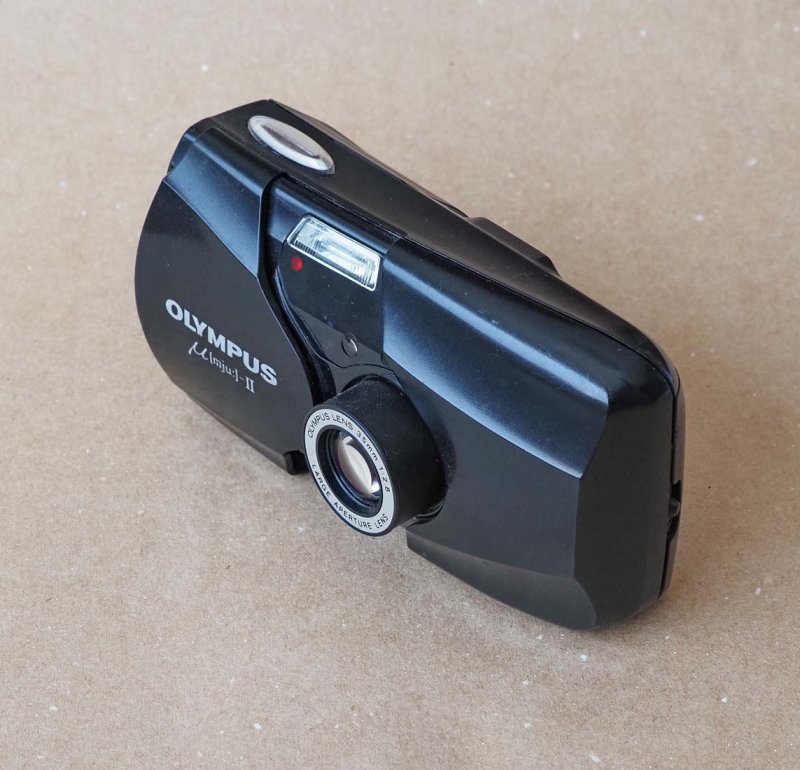
As the Minox, the Olympus Mju-II was very compact, featuring an autofocus system. |
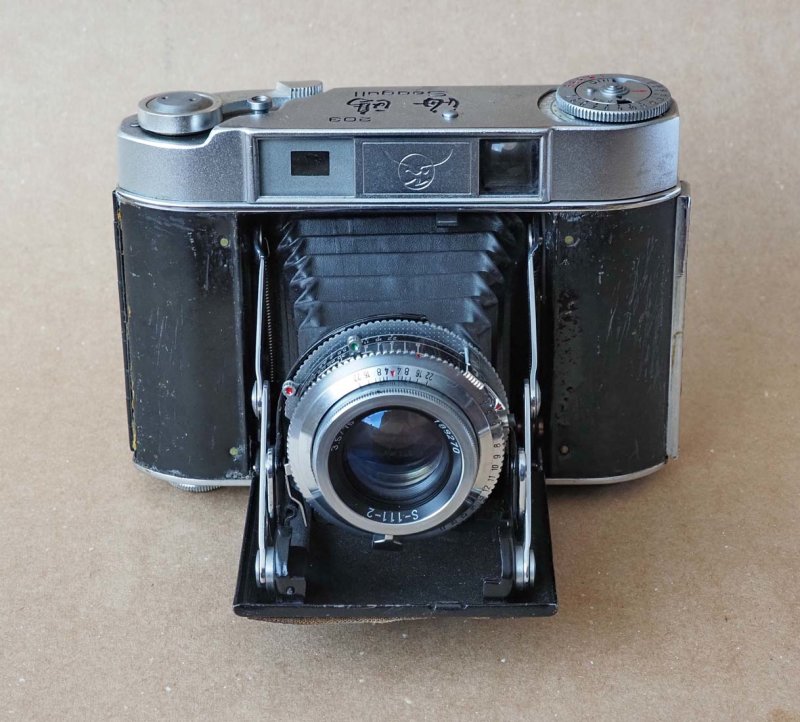
The Chinese Seagull 203 (1964); a well built 120 film folding camera. |
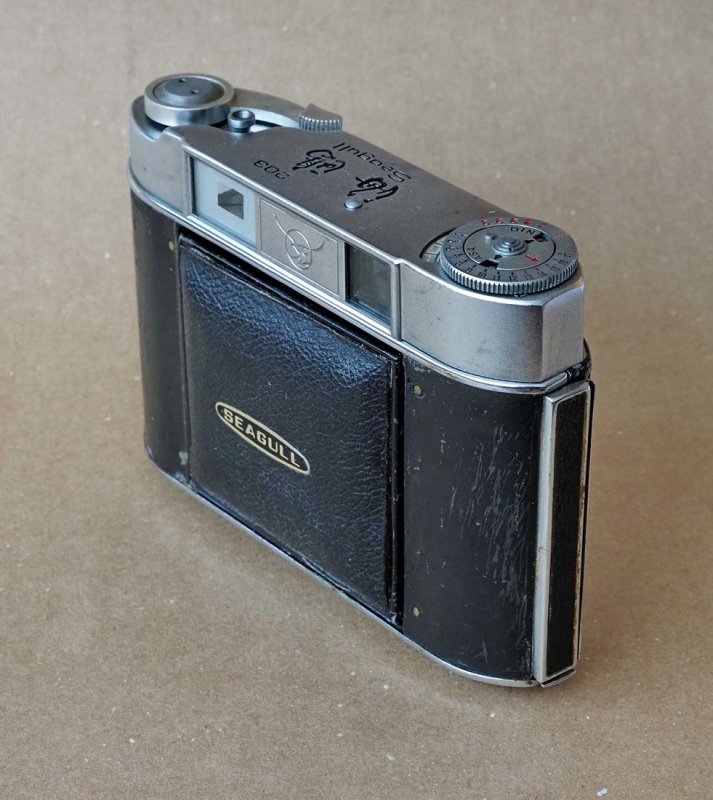
The Chinese Seagull 203; folded, it is a compact camera. |

The TLR Rolleiflex; with Leica, it was the most successful camera of the 1940 and 50s. |
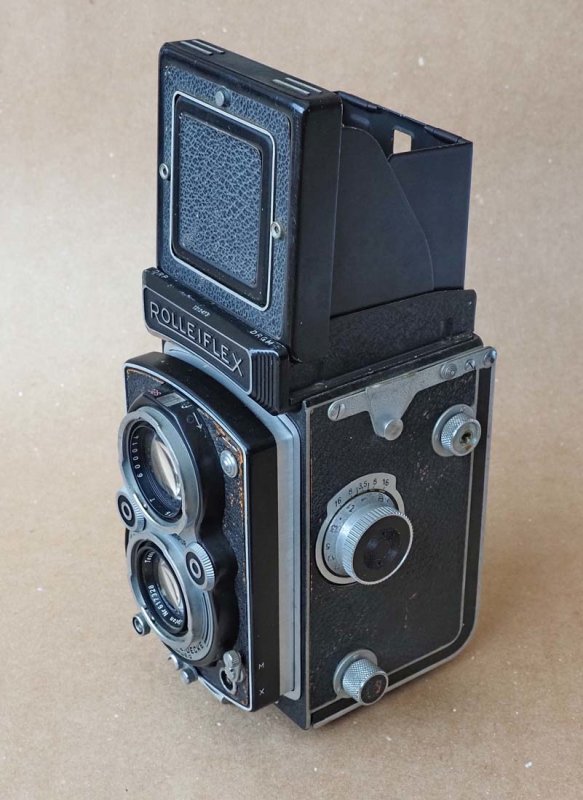
The Rolleiflex, with its viewing system open. |
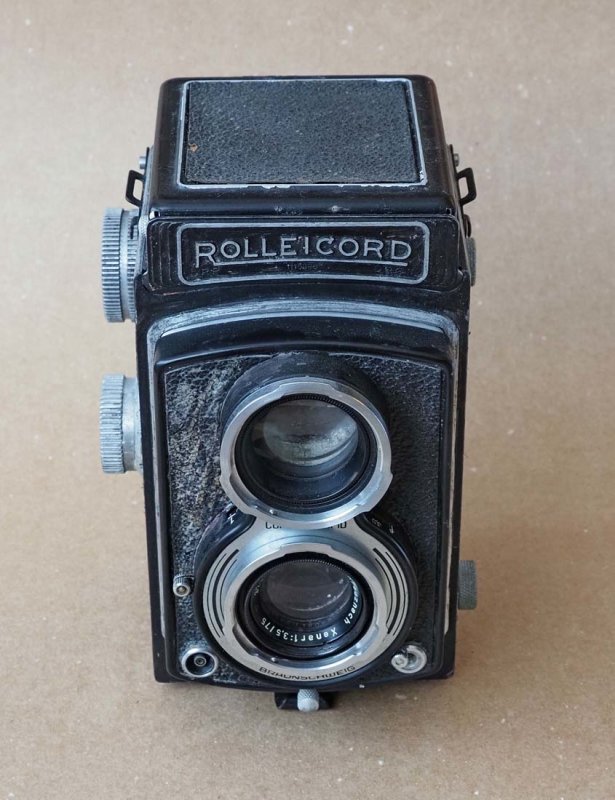
The Rolleicord, a simple - and less expensive - version of the Rolleiflex. |











